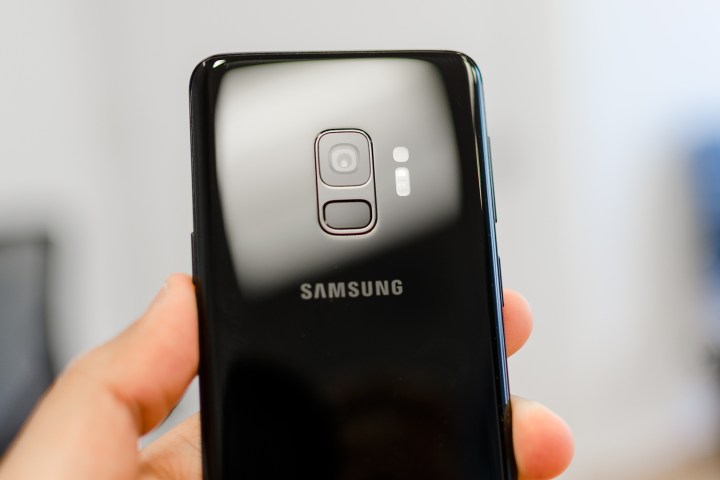Samsung is working toward becoming the world’s No. 1 camera sensor maker, according to a new report, and is increasing production of its Isocell-branded sensors at its Hwasung, South Korea factory. What does this mean to you? If Samsung wants the top spot in the market, it will have to dethrone Sony, and that means more phones and devices other than its own will have to use Samsung’s camera sensors.
Evidence of Samsung’s intentions in this area has been growing for some time. It rebranded its image sensor range as Isocell in June 2017, and has since pushed the technology forward with the release of its Isocell Dual sensors designed for low-cost phones, explicitly tailored for other manufacturers to simply integrate into devices, and the Fast 2L3 sensor enabling the Galaxy S9’s super-slow-motion feature. Camera technology is also the focus of the Galaxy S9 range itself, giving the company plenty of exposure as a maker of high-quality camera components.
Several smartphone brands already buy Samsung’s camera sensors, including Xiaomi and Meizu, but Samsung isn’t only targeting phones with its Isocell sensors. In addition to industries including medical and security, it apparently wants to be part of the growing need for camera sensors in the automotive industry, where CMOS sensors are very attractive to carmakers due to the low cost, and no-compromise performance. It’s relatively new to the market though, with Bosch, Continental, and AEi Boston all noted as key players ahead of it.
For smartphones, Samsung is currently in second place behind Sony in market share, but it’s a distant second place. A report published in 2017 put Samsung’s market share at 19 percent, and Sony with 46 percent, based on research firm Gartner’s data. Sony is unlikely to take the challenge lightly. Its latest Xperia XZ2 camera systems have a superior slow-motion video resolution to Samsung’s, for example, and we’re keen to see its future innovations created to maintain its position and meet Samsung’s attack.
The prospect of more Samsung cameras in the world has become more attractive since the Galaxy Note 8’s introduction. Now, the Galaxy S9 and S9 Plus are attracting plenty of attention for not only the quality, but also the flexibility and creative capabilities offered by the cameras, making us keen to see similar technology arrive in other devices. For us, the people who buy smartphones, the more competition there is in the smartphone world, the better.
Editors' Recommendations
- The Samsung Galaxy S24 just got destroyed in this camera test
- I did a Pixel 7a camera test — and it’s bad news for Samsung
- Samsung Galaxy S23 vs. Galaxy S21 camera test: is it really any better?
- Xiaomi’s new phone has a 200MP camera — and its photos are stunning
- Google, Apple, Samsung, and OnePlus camera test exposes poor performers





